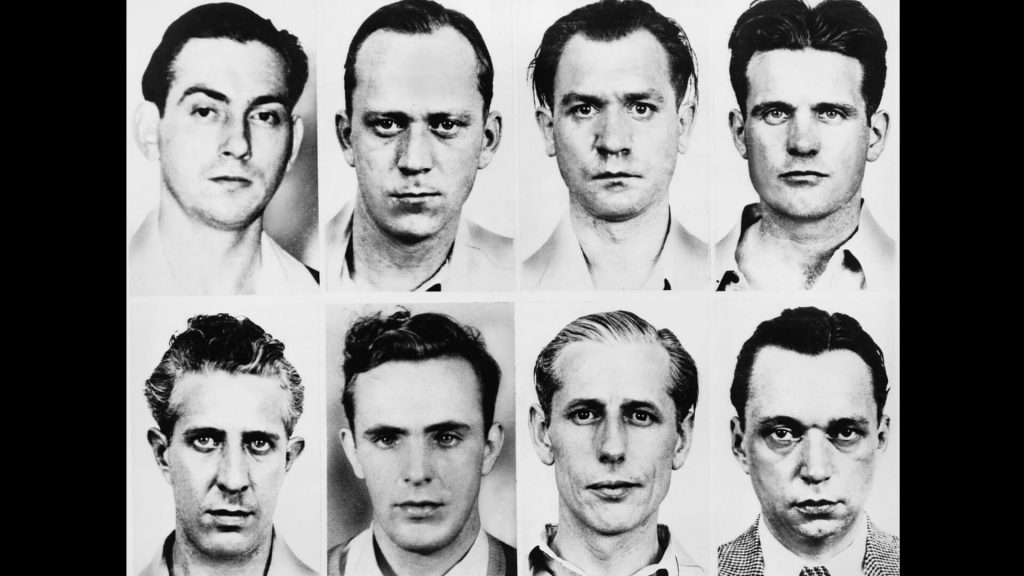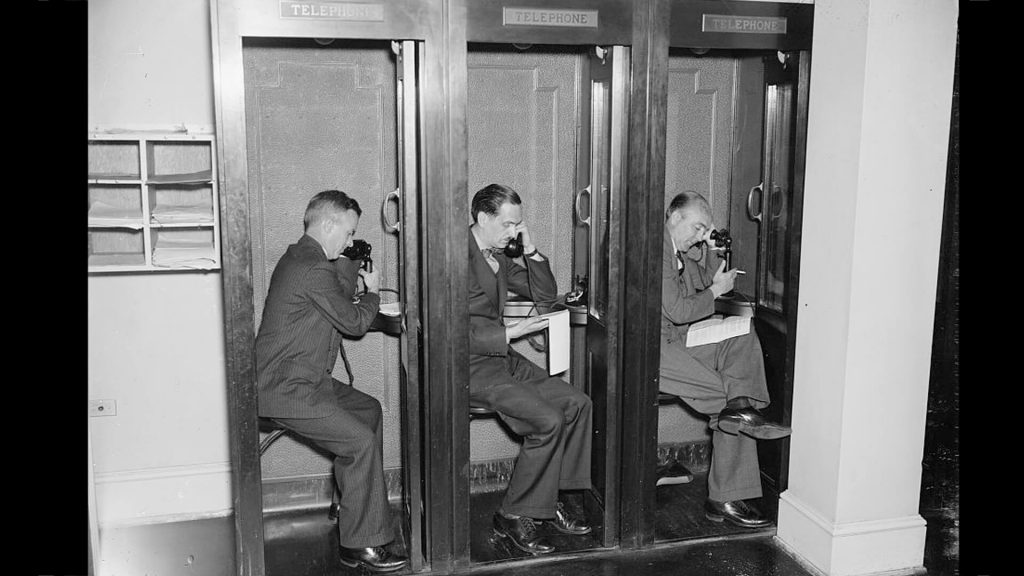Fact or Fiction: Inside Episode 6
From Nazi saboteurs washing up near Martha’s vacation home, to secretary Missy LeHand’s collapse and the press implying the President and Princess were “an item,” there’s a ton of drama in Episode 6 of Atlantic Crossing. The series’ creators/writers reveal what’s real history and what’s not.* [Contains spoilers.]
- 1.
Fact or Fiction: A U-boat dropped German saboteurs on a Long Island beach where Martha vacationed.


FBI mug shots of eight German saboteurs, June 1942. FACT: “Yes, it’s known as Operation Pastorius,” says series co-writer and historian, Linda May Kallestein. “The U-boat surfaced not far from where Martha was staying in Long Island that summer.”
In June 1942, two squads of saboteurs—all U.S. residents who returned to Germany to serve the Reich—were dropped by U-boat on beaches in New York and Florida, respectively. They brought explosives and cash and had plans that included disrupting New York’s water supply. While J. Edgar Hoover’s FBI claimed credit for their quick arrests, the saboteurs’ plot was actually foiled from within: The group’s leader, 39-year-old George Dasch (2nd from lower right in photo), called the FBI to volunteer their plans. In doing so, he hoped to receive clemency and resume his life in America. A military tribunal later found all eight men guilty. Dasch and his partner Ernst Burger (lower right) received prison sentences; the others were sentenced to death. After serving six years of their sentences, Dasch and Berger were released and deported to West Germany.
The Episode 6 scene of Roosevelt and Martha in a basement lockdown is fiction. Though Ragni Østgaard mentions summer visits from the President in her letters to Nikolai, “FDR was at Hyde Park when the U-boat surfaced,” says Kalllestein.
- 2.
Fact or Fiction: FDR's private secretary Missy LeHand suffered a sudden collapse at a White House dinner.


Marguerite LeHand, Personal Secretary to President Franklin Roosevelt, Washington DC, USA, Harris & Ewing, 1938. FACT: Though not as depicted in Atlantic Crossing. Her collapse actually occurred on June 4, 1941—not on Christmas Eve and not with Martha present. LeHand dropped unconscious at the end of a late dinner with White House staff. Her stress was a trigger for heart problems, say the series’ co-writers, adding that the medication LeHand took gave her mood swings, depression and anxiety. Presidential historian Doris Kearns Goodwin links some of Missy’s increased stress to Martha’s entry into Roosevelt’s life. Goodwin writes in No Ordinary Time that “it was disturbing for Missy to be replaced by another woman.”
Two weeks after the June collapse, LeHand suffered a major stroke and was never again able to speak intelligently. She was 47 years old.
- 3.
Fact or Fiction: The American press implied FDR and Martha were “an item”.


Harris & Ewing, photographer. Reporters in White House press room. United States Washington D.C. District of Columbia Washington D.C, ca. 1937. Photograph. https://www.loc.gov/item/2016871541/. FACT: “The American press wrote openly about the amount of time FDR spent with Martha,” says series creator, director, co-writer and executive producer, Alexander Eik. The correspondent most frequently focused on the romance angle was Walter Trohan of the Chicago Tribune.” In Trohan’s memoir Political Animals, he describes receiving a tip in the fall of 1941 that the Crown Princess “was visiting [the President’s country home] Hyde Park every weekend without being on the guest list. … Week after week I saw Martha get off the train wearing high heels and black silk stockings. She jogged into a car where the President was waiting behind the wheel. I wrote all this in the newspaper. … I became unpopular,” Trohan continues. “[Press officer] Steve Early called me into his office and asked me to stop.”
- 4.
Fact or Fiction: U.S. intelligence intercepted a German telegram stating Martha wanted to return to Norway.


(Mostly) FICTION: A similar telegram existed, but American intelligence never caught it nor implemented security measures based on it, say Atlantic Crossing co-writers; their research revealed the telegram became known only after the war. According to the real communique, Martha had told “a Quaker she trusts” that she wanted to return home. The Quaker was Malcolm R. Lovell, a double agent who worked closely with German diplomat Hans Thomsen.
*Based on a series of articles (in Norwegian) written by Mari Aftret Mørtvedt and Ola Nymo Trulsen for NRK, the Norwegian Broadcasting Company.




















